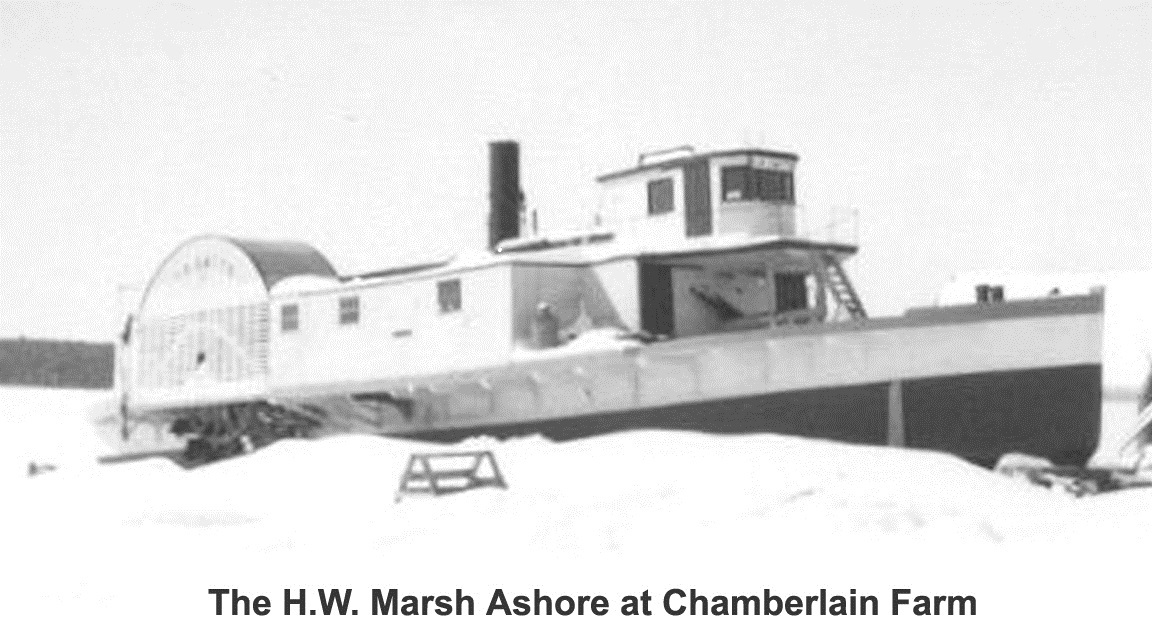You Won’t Believe the 1859 Supply List at Chamberlain Farm on the Allagash River
Even Henry David Thoreau stopped by in 1857 to buy four pounds of brown sugar
About halfway up the eastern shore of Chamberlain Lake, nestled behind a point of land once called Apmoojenegamook Point (now Hog Point) sits an old farmhouse. The building is all that is left of a thriving farm that once encompassed 600 acres of cleared land, several barns and storage buildings. Chamberlain Farm was the operations hub for the Pingree Coe timberlands that totaled over 1 million acres.
The farm grew root crops, corn and apples to feed the hungry lumbermen that harvested trees on company lands. It served as a supply depot, grew the hay and oats needed to feed the horses that hauled logs to the shores of our waterways, which were once the highways that delivered lumber to the booming lumber market in Bangor.
A partial inventory of supplies at Chamberlain Farm in 1859 included: 100 pounds coffee, 53 wool and fur hats, 25 red flannel shirts, 12 5-gallon pails, 78 pounds bar soap, 17 stovepipes, 1 new bateau, 100 tons hay, 5 tons oats.
Henry David Thoreau stopped at the farm on his 1857 expedition from Moosehead Lake to the Allagash and eventually down the East Branch of the Penobscot. Records show that Thoreau bought four pounds of brown sugar at the farm for 20 cents a pound. He noted that it was a fair price for so far in the wilderness.
The primary way to Chamberlain Farm was once by traveling over Mud Pond Carry. This ancient portage route connects the West Branch of the Penobscot with the Allagash headwater lakes. It was also the primary route via Northeast Carry to Moosehead Lake for travelers coming from the frontier town of Greenville to the Allagash country. It must have been quite a sight to come down Mud Brook into Chamberlain Lake and see 600 acres of cleared land in the middle of the wilderness!
The one remaining building at Chamberlain Farm is operated as part of Nugent’s Camps. The “Farm Camp” as it is now called, is reserved for large groups that want to stay together. The building is constructed using classic post and beam construction methods, complete with hand-hewn beams and wide pine boards. It is an excellent historical example of the many rustic buildings that made up the farm.
The farm was established by Eben Coe in 1846 on well-drained soil with southern exposure. Hog Point provides shelter for boats and canoes from the prevailing northwest winds. The steamboat H. W. Marsh was run aground in the cove many years ago. The remnants of that paddle wheeler can be seen there today.
There are many artifacts strewn about the property that one may find as you walk the once cleared fields. When you find one you get a sense of discovery. It makes you wonder who was the last person to use that tool and how long ago? Waterway visitors are free to roam the property in search of relics from the past, but please remember to leave them where you find them for others to discover.
The AWW is managed by the Maine Department of Agriculture, Conservation and Forestry’s Bureau of Parks and Lands as a wilderness canoe area. Great effort is made by managers of the waterway to ensure that visitors have a high-quality wilderness experience.
Matt LaRoche is Superintendent of the Allagash Wilderness Waterway, a Registered Maine Guide, and an avid outdoorsman. He can be reached at 207-695-2169 or at matt.laroche@maine.gov

The steamboat H. W. Marsh was run aground many years ago at Hog Point, and the remnants can be seen there today.
